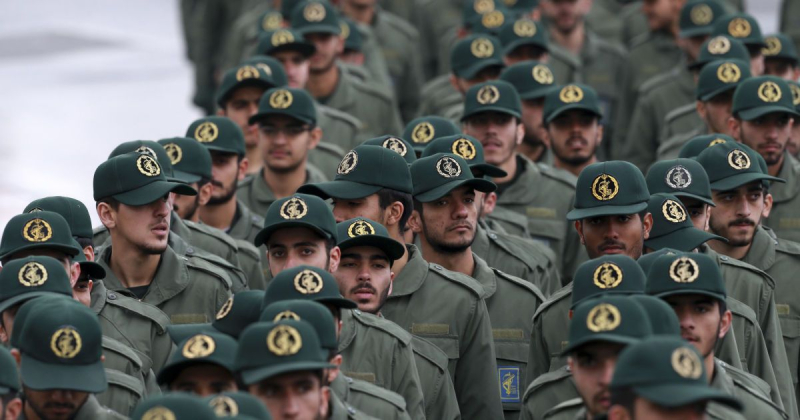Systemic corruption and popular discontent have led to the infiltration of Israeli agents into Iran's defense structures.

A series of targeted assassinations of Iranian military commanders has exposed serious gaps in the Islamic Republic's counterintelligence efforts. According to the French newspaper Le Monde, these events indicate deep penetration of Israeli intelligence services into Iranian defense structures.
Mysterious disappearance of key figures
Almost a week after Israeli strikes began on Iranian territory on June 13, the fate of several senior commanders of the Islamic Revolutionary Guard Corps (IRGC), the regime’s ideological army, remains unclear, fueling speculation that they may have been injured, missing or killed, which has yet to be officially confirmed.
Among the missing figures are Esmail Ghaani, the commander of the Quds Force (an elite unit responsible for foreign operations); Alireza Tangsiri, the commander of the IRGC navy; and Gholamreza Soleimani, the head of the Basij, a territorial militia subordinate to the IRGC. They have made no public statements or public appearances since the fighting began, despite being among the regime's most vocal voices.
Their sudden silence, coupled with the lack of appointments to several vacant positions – notably the IRGC ground forces commander, whose previous chief replaced his slain boss – raises serious questions about the true scale of human losses among Iran's top military leadership.
Israel claims to have killed about 20 senior Iranian officers, but Iranian officials admit to only about half of those casualties. Notably, Iran has yet to hold a public burial ceremony for its fallen commanders.
Losses among the military and intelligence elite
Already during the first wave of strikes on June 13, several key figures in Iran's military hierarchy were killed.
Among them:
It is important to note that on June 17, the next chief of the central headquarters of Khatam al-Anbiya, Ali Shadmani, was also eliminated.
The losses are also significant on the intelligence front. On June 15, Mohammad Kazemi, the head of the IRGC's intelligence organization, was killed. No successor has yet been appointed to the strategic position, which is responsible for the country's domestic and military intelligence.
Among the scientists killed was Fereydoon Abbasi, the former head of Iran's Atomic Energy Organization and a lawmaker. The nuclear scientist, who was already the target of an assassination attempt in 2010 attributed to Israel, recently claimed that Iran had possessed the technology needed to make a nuclear bomb for two decades, heightening international concern.
“Deep Penetration” and Systemic Problems
According to Ali Alfoneh, a researcher at the Institute of Arab Gulf States, the series of targeted killings clearly demonstrates the problems of the Islamic Republic's counterintelligence.
This demonstrates the deep penetration of Israeli intelligence services into the Iranian defense apparatus and exposes the failure of counterintelligence in the Iranian security services. The Iranian intelligence services, preoccupied with internal repression and regime preservation, have failed to restructure themselves in the face of increasing external threats, ignoring the precedents set by the collapse of Hezbollah, the assassination of Ismail Haniyeh and nuclear scientists,” Alfoneh noted.
He added that systemic corruption in the country and popular discontent also led to Israeli infiltration into the defense establishment.
Military apparatus remains operational but faces challenges
At the institutional level, explains Ali Alfone, the Watch Corps operates “on a model of almost collective leadership with a decentralized command structure.” These characteristics reduce operational efficiency but increase resilience to liquidation operations.
“However, the Guardians' standard operating procedures remained unchanged: despite the elimination of the Aerospace Force Command on the first day, Iran continued to fire ballistic missiles and drones against Israel,” the researcher added.
In his view, the difficulty for the Iranians lies not so much in the disappearance of high-ranking officials, but in Israel's “robust and multi-layered missile defense architecture.”
Let us recall that Israel was inspired by the series “Game of Thrones” when preparing to eliminate the Iranian military command.

